Periprosthetic Distal Femur Nonunion Treated with Plate-Nail Combination
Score and Comment on this Case
Clinical Details
Clinical and radiological findings: A 68-year-old obese female with prediabetes sustained a periprosthetic distal femur fracture after a fall. Initially treated at an outside facility, the fracture was a simple oblique supracondylar pattern. At five months post-initial surgery, the patient presented with ongoing pain and inability to ambulate, indicating a nonunion. Radiographs revealed a significant malreduction with no main fragment contact and a rigid construct failure.
Preoperative Plan
Planning remarks: The preoperative plan involved achieving reduction of the fracture, followed by stabilization using a plate-nail combination to provide relative stability and allow for endochondral ossification. The strategy aimed to regain length using a distractor and clamping techniques.
Surgical Discussion
Patient positioning: The patient was positioned supine on the operating table, with the affected limb draped freely to allow manipulation and access for both plating and nailing procedures.
Anatomical surgical approach: A lateral approach to the distal femur was utilized. The incision extended along the lateral aspect of the thigh, allowing exposure of the distal femur. Subperiosteal dissection was performed to expose the fracture site. Reduction was achieved using a distractor and clamps, followed by fixation with a combination of lateral plating and intramedullary nailing.
Operative remarks:The surgeon noted that regaining length was challenging, requiring maximal use of a distractor and clamping techniques. The plate-nail combination was chosen to provide medial and lateral column stability, promoting healing through endochondral ossification. This construct was preferred due to the patient's obesity, which necessitated a robust fixation method.
Postoperative protocol: Postoperative rehabilitation included early mobilization with weight-bearing as tolerated to encourage healing through controlled mechanical loading.
Follow up: Not specified.
Orthopaedic implants used: Lateral distal femoral locking plate, intramedullary nail.
Search for Related Literature

orthopaedic_trauma
- United States , Seattle
- Area of Specialty - General Trauma
- Position - Specialist Consultant

Industry Sponsership
contact us for advertising opportunities
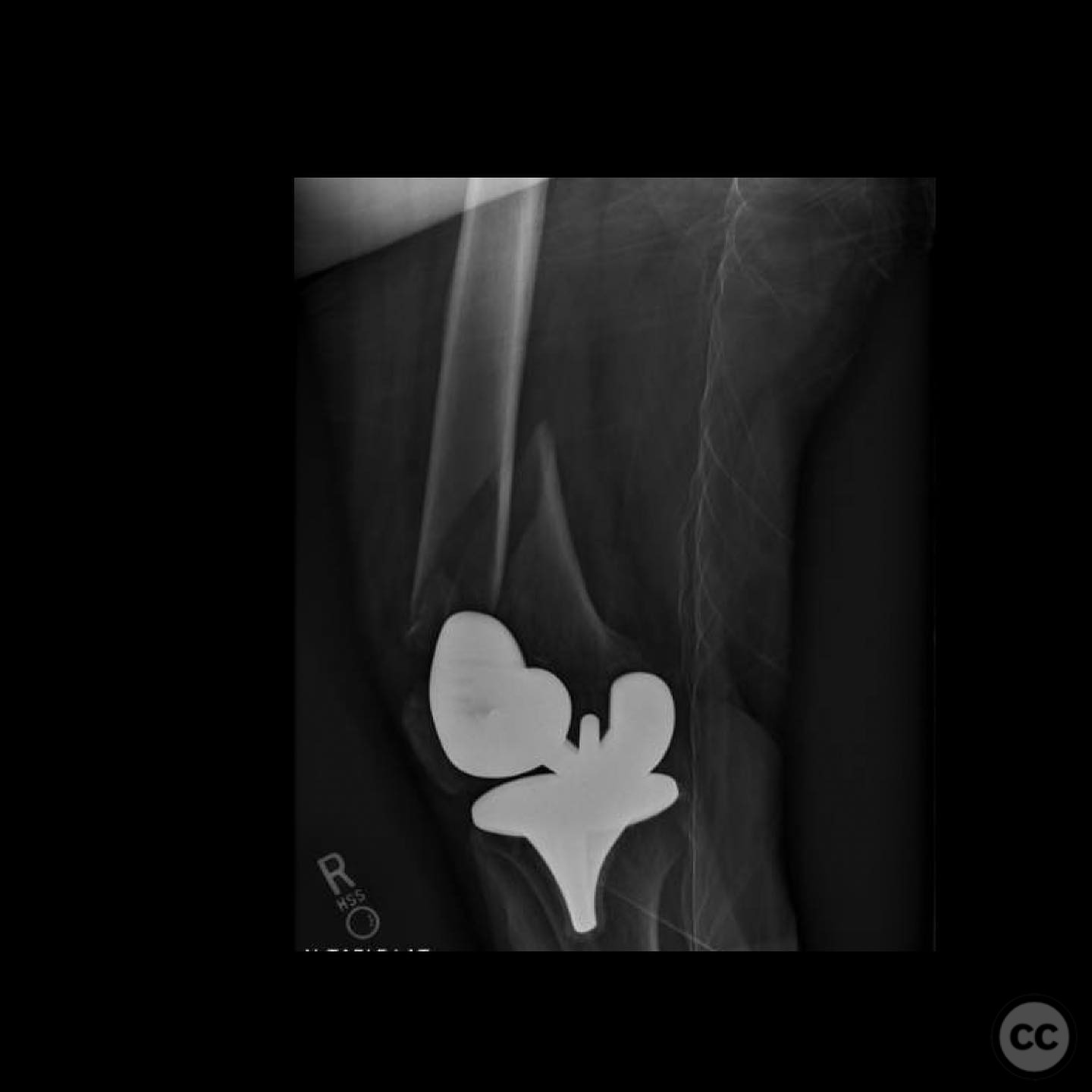
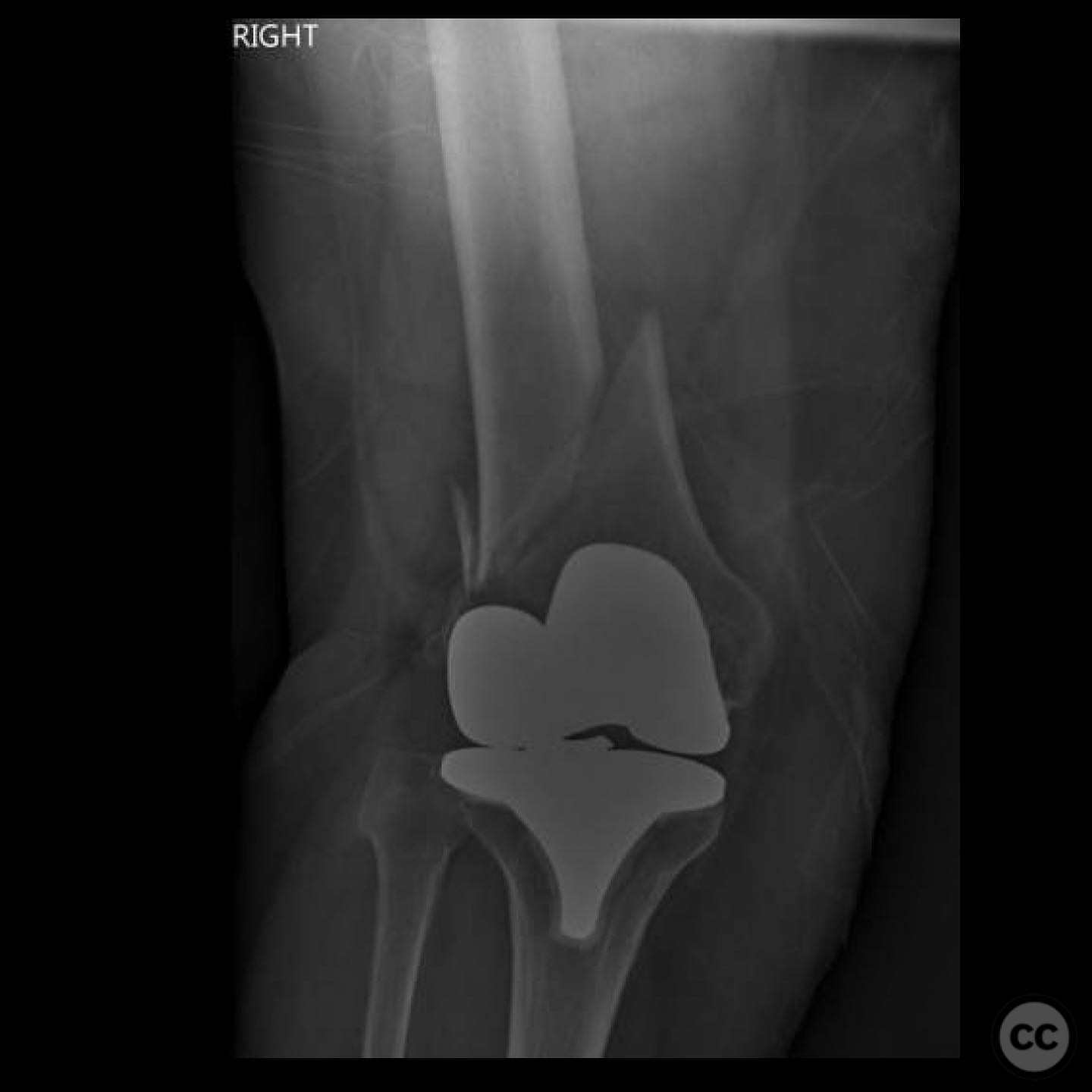
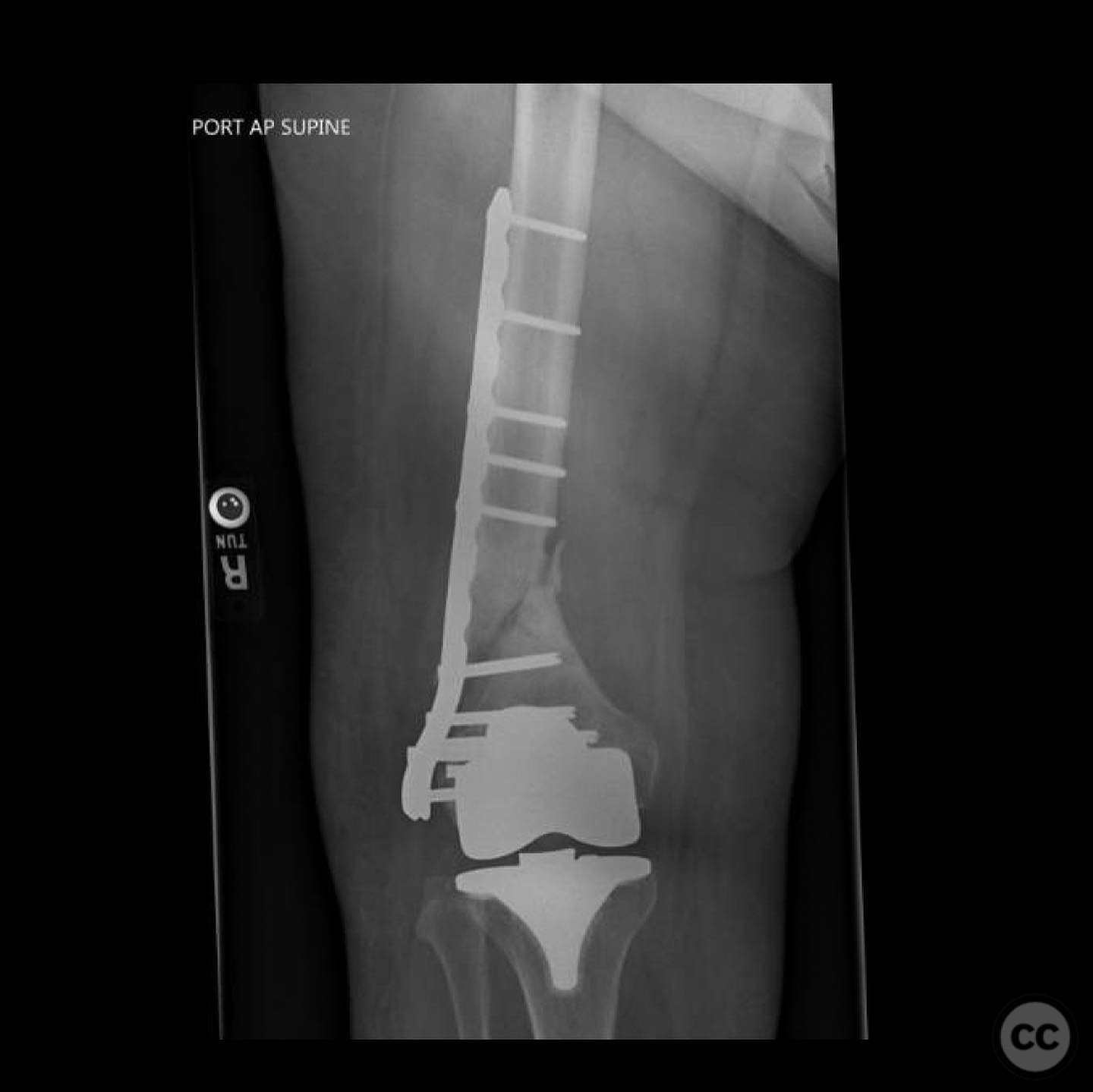
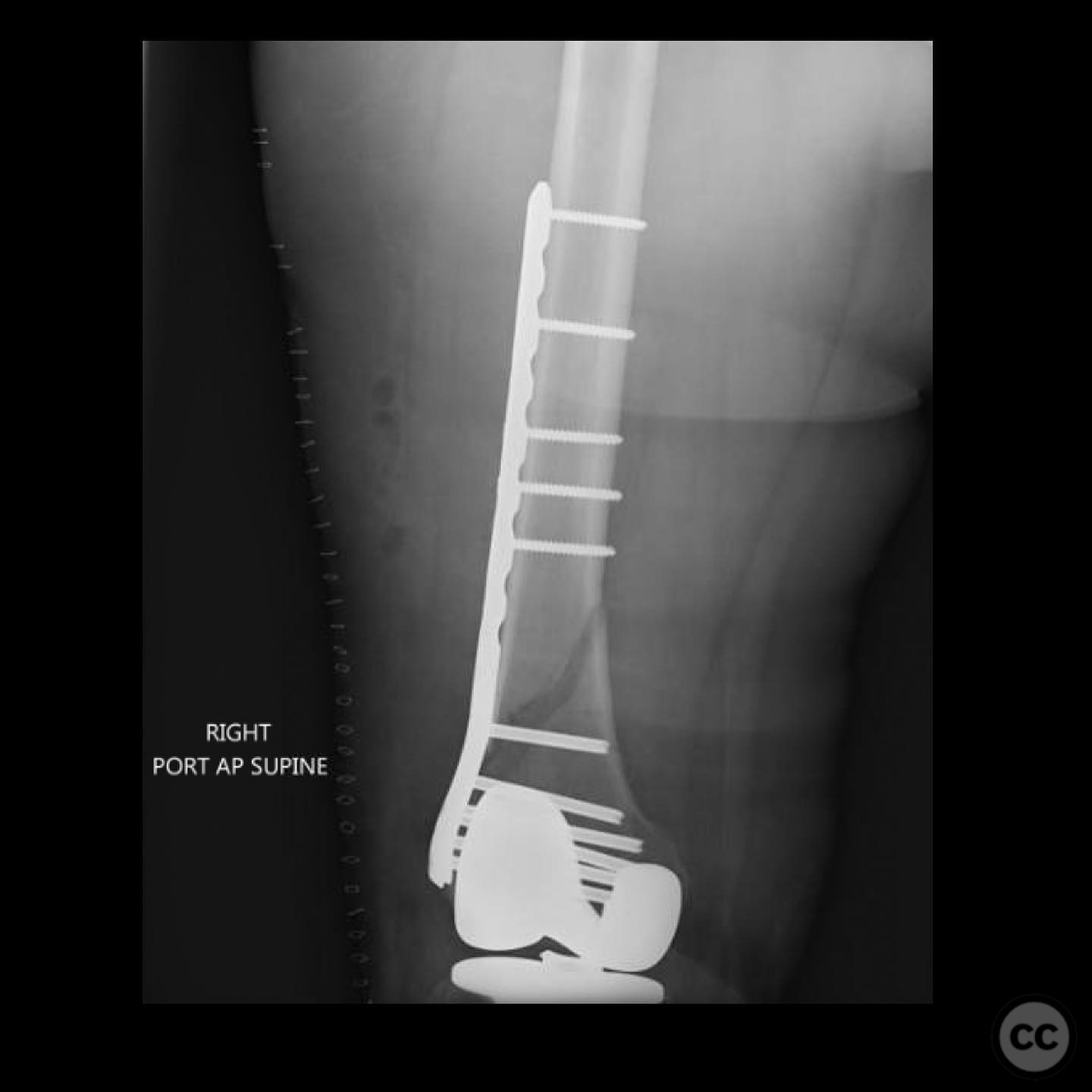
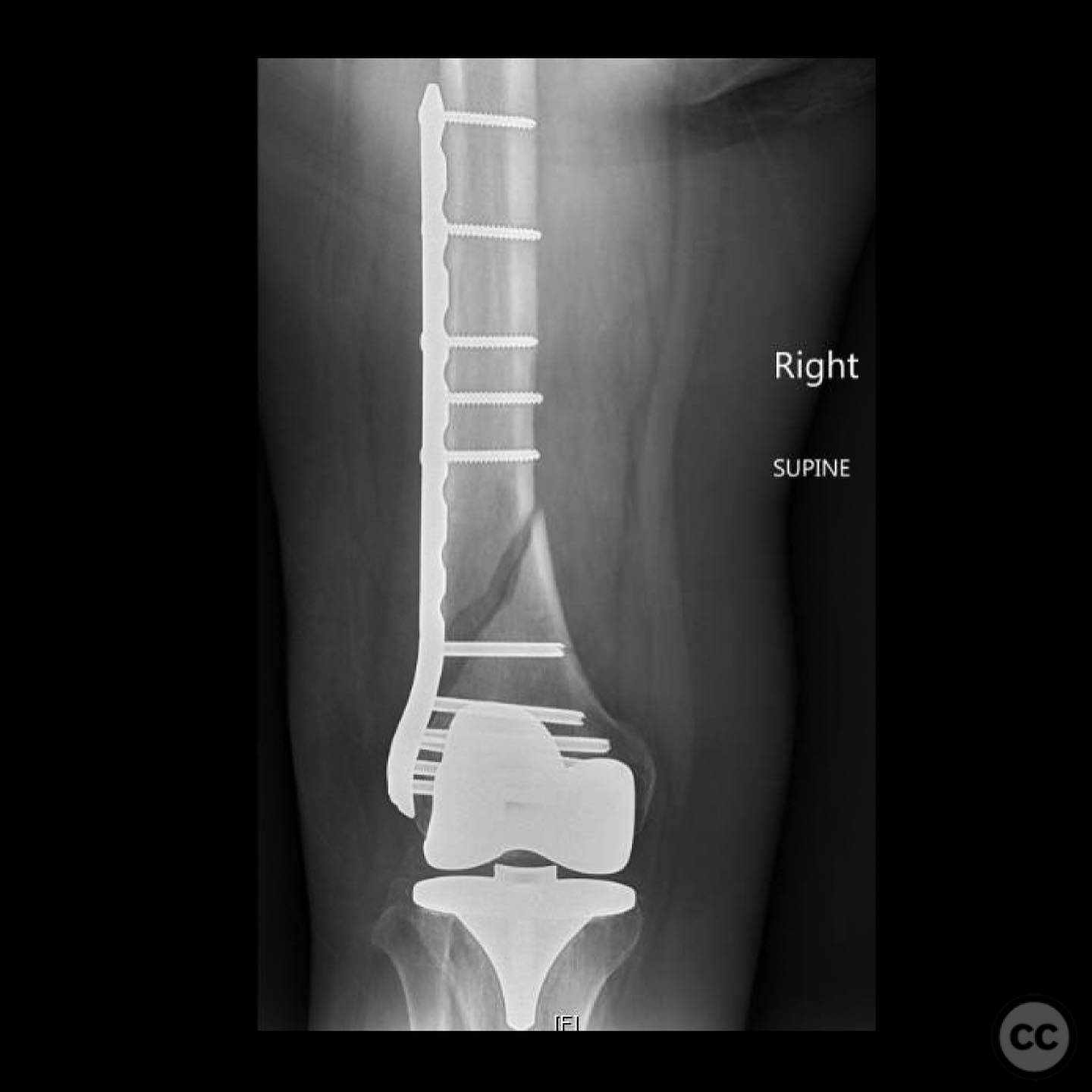
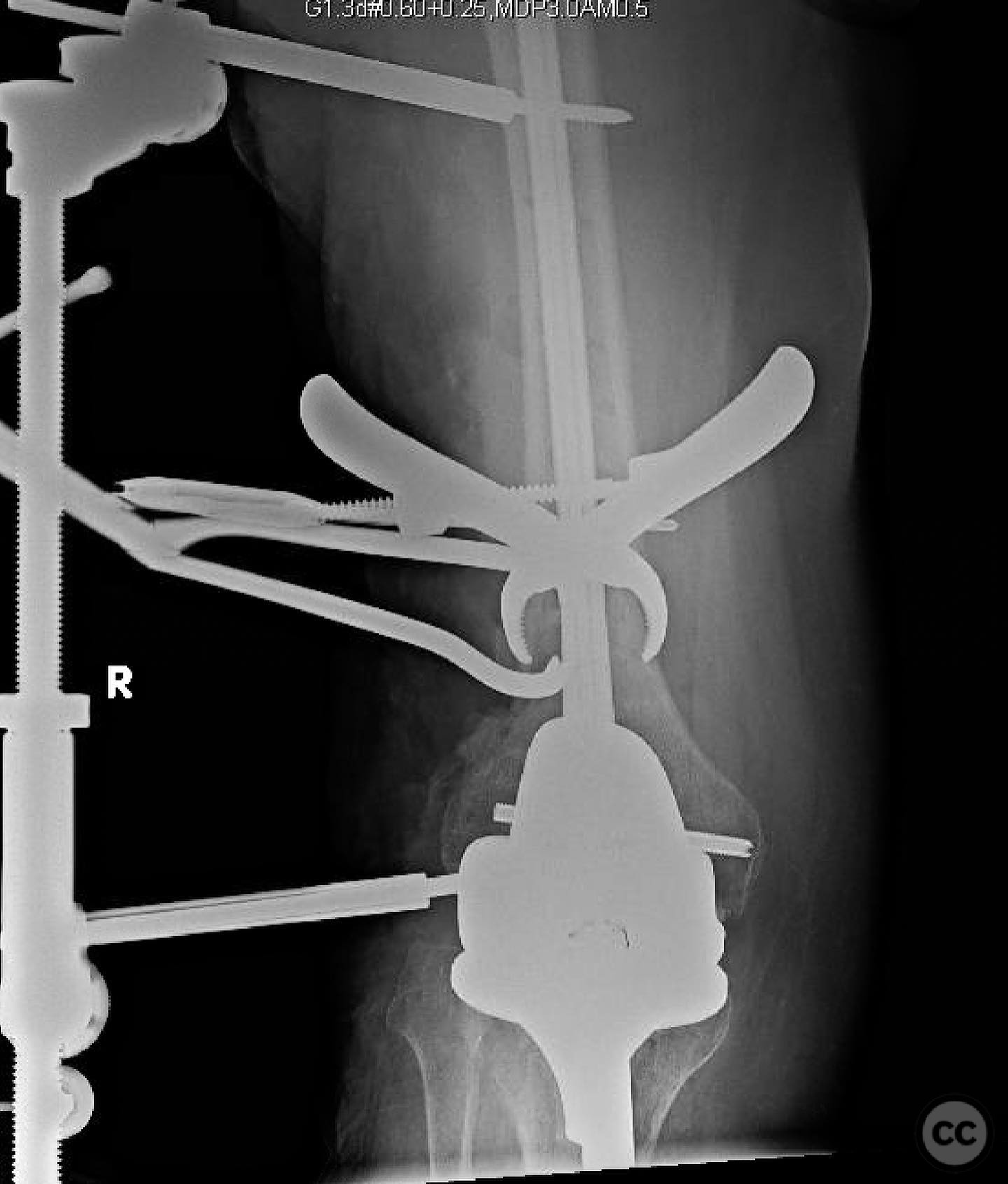

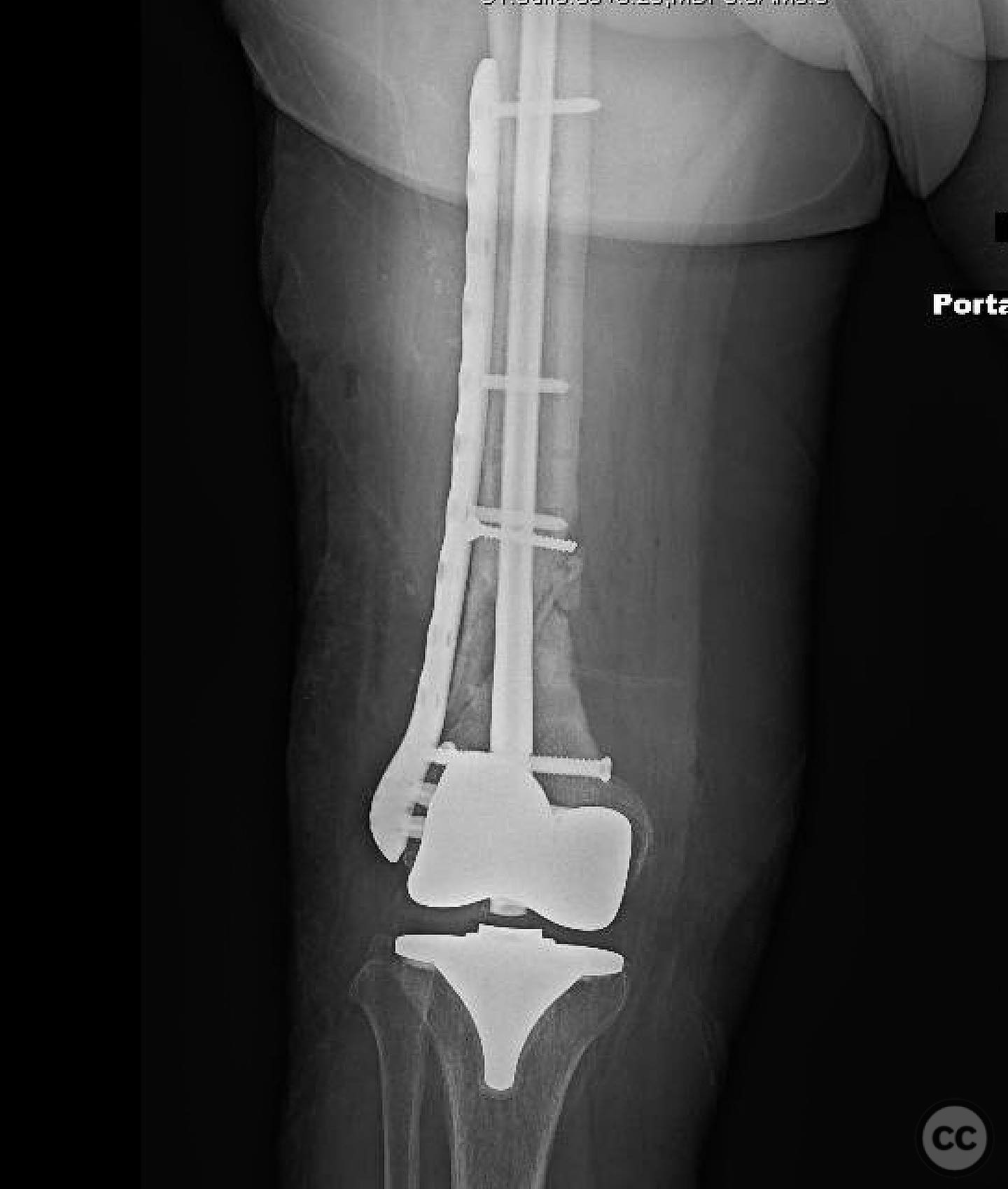

Article viewed 139 times
16 Jul 2025
Add to Bookmarks
Full Citation
Cite this article:
Surname, Initial. (2025). Periprosthetic Distal Femur Nonunion Treated with Plate-Nail Combination. Journal of Orthopaedic Surgery and Traumatology. Case Report 14721952 Published Online Jul 16 2025.